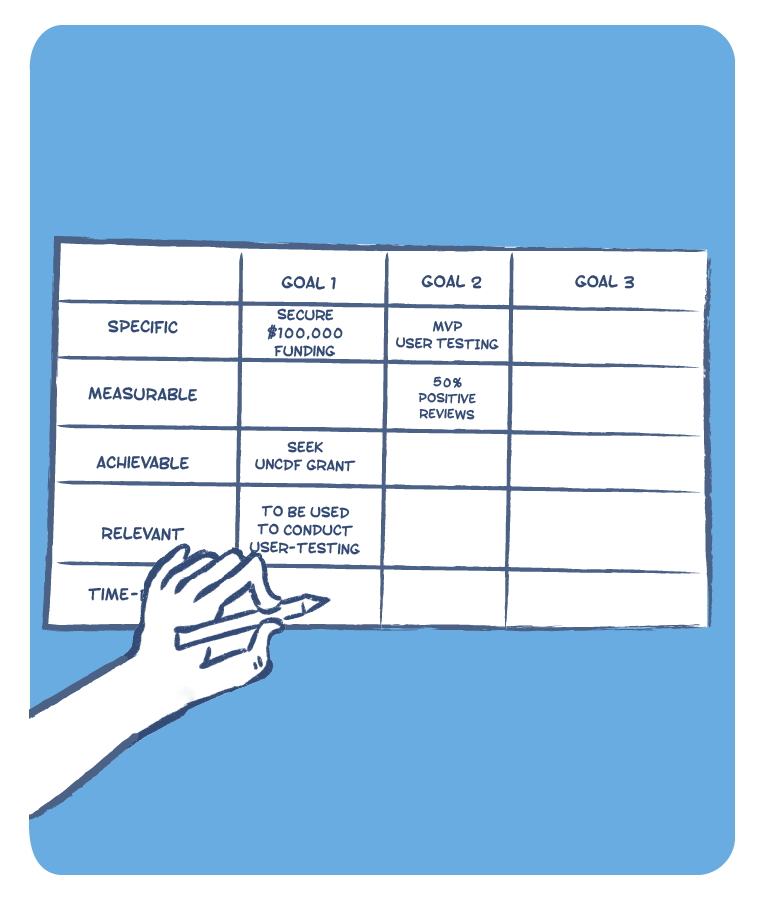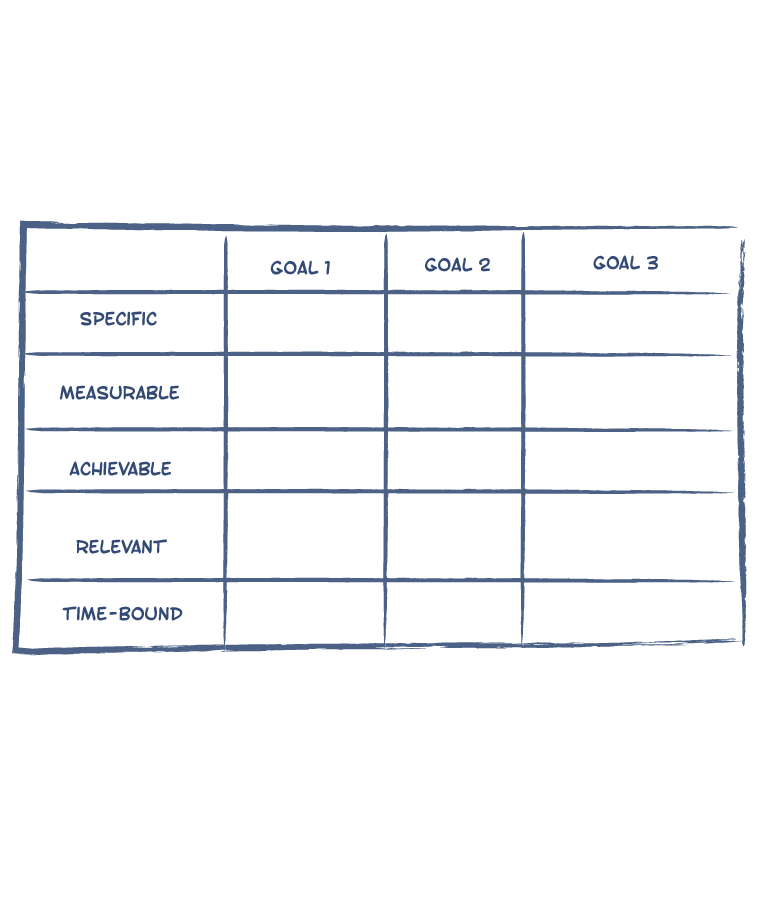STRATEGY, INNOVATION & IMPACT | PLANNING & PROJECT MANAGEMENT
SMART Goals
30 Min
SMART is an approach to actionable goal definition. It is an acronym that stands for Specific, Measurable, Achievable, Realistic, and Timely.
USE CASES
- Define clear goals that team members can be held accountable to.
- Build consensus within a team on next steps.
LIMITATIONS
Whether goals are eventually SMART or not is dependent on how teams choose to define them.

